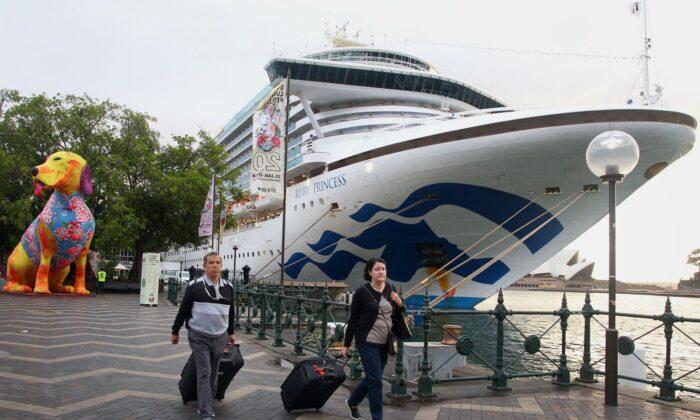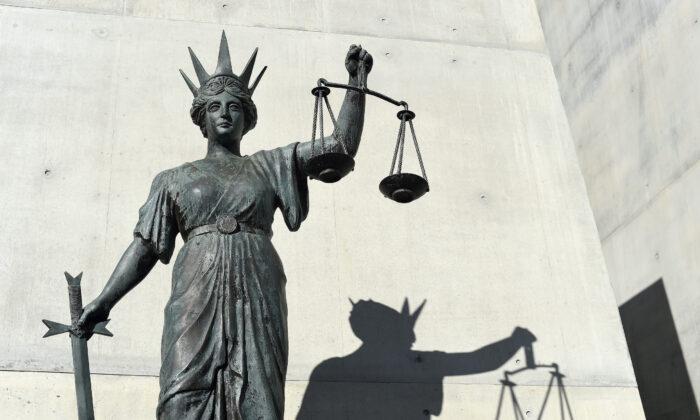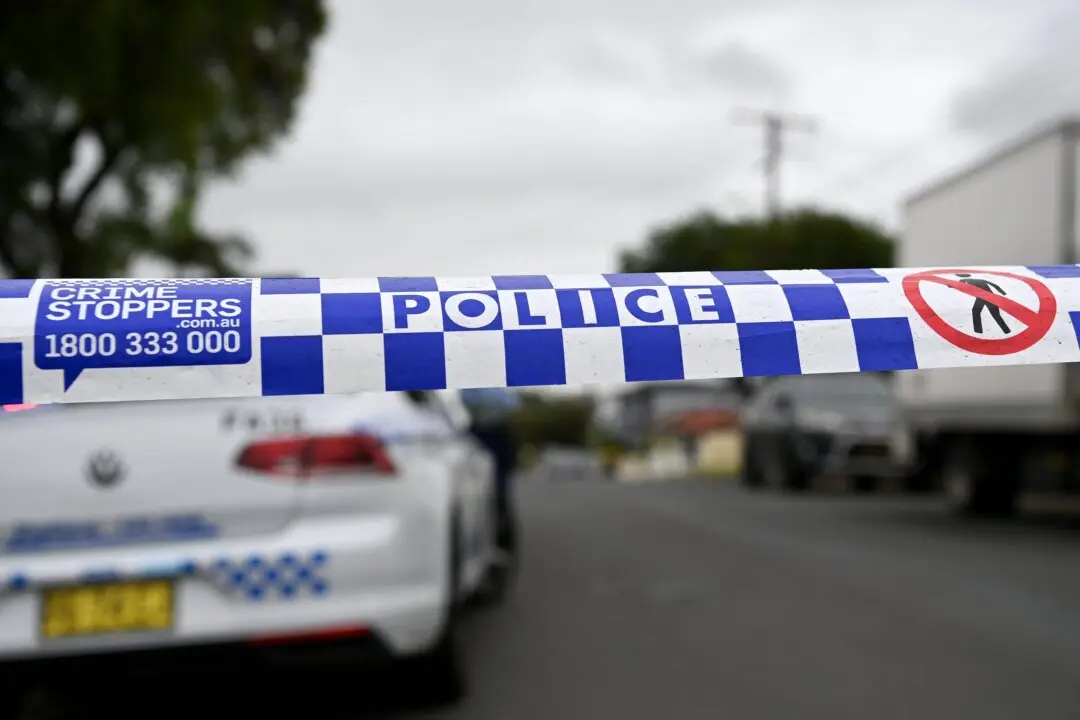Evidence from biosecurity officers would be part of a proposed federal-level investigation into the Ruby Princess cruise ship and its spread of COVID-19.
There is growing support for federal-level scrutiny of the Ruby Princess cruise ship debacle which let loose multiple cases of deadly COVID-19 in the community.
A New South Wales (NSW) special commission of inquiry revealed “inexcusable,” “inexplicable,” and “unjustifiable” errors by authorities which allowed 2700 passengers to disembark at Sydney’s Circular Quay on March 19.
Prime Minister Scott Morrison on Aug. 15 said the report exonerated his government of any role in the blunder.
“We were being straight with people about what happened, and the inquiry has borne that out,” he told 2GB.
But federal Labor leader Anthony Albanese disagrees with the prime minister’s assessment.
“The commission of inquiry outlines a range of failings from the federal government,” he said.
“And indeed the commissioner has as well—given damning comments about the failure of the federal government to participate in this inquiry. What that means is that there are questions which are left unanswered, that will have to be pursued through other means.”
The Australian Greens were more direct, calling for a federal inquiry.
“This inquiry must be robust and focus upon the testimony of biosecurity officials from the Department of Agriculture who were prevented from testifying at the (NSW) inquiry,” party leader Adam Bandt said.
Friday’s 318-page report, following the inquiry headed by Bret Walker SC, was critical of NSW Health, while absolving Australian Border Force officials of blame.
The report noted that on March 10 the Communicable Diseases Network of Australia amended its guidelines such that everyone on board the ship with newly-defined suspect cases should be tested.
But those making decisions did not have the updated definition of a “suspect case” when undertaking a risk assessment on March 18.
“This was a serious and material error,” the commission found.
The inquiry revealed the Ruby Princess outbreak infected 663 Australians on board, 191 crew members, and led to 28 deaths, including 20 domestically and eight in the United States.
The ship—which was low on medical supplies and swabs for COVID-19 tests due to shortages—left Sydney on March 8 for New Zealand and returned 11 days later.
Passengers were deemed low risk and disembarked before the results of 13 tests showed at least three people had the virus.
The report described that NSW Health had its own procedures and protocols for assessing cruise ship risks.
“The result was a disturbing disconnectedness between the Commonwealth’s and the state’s respective biosecurity operations.
“There was inadequate communication and coordination between each government’s parallel operations.”
NSW Premier Gladys Berejiklian will spend the weekend assessing the report before commenting publicly.
Opposition Leader Jodi McKay said victims’ families shouldn’t be made to wait for an apology to a fiasco that occurred more than 150 days ago.
“This is a NSW government mistake,” she told reporters on Aug. 15.
Morrison defended the NSW premier’s handling of the saga.
“Officials will make mistakes in pandemics that none of us have had to manage before. And so, I think there’s been some humble learnings out of NSW.”
Separate NSW Police and coronial inquiries into the Ruby Princess are ongoing and not expected to report back for at least another month.





